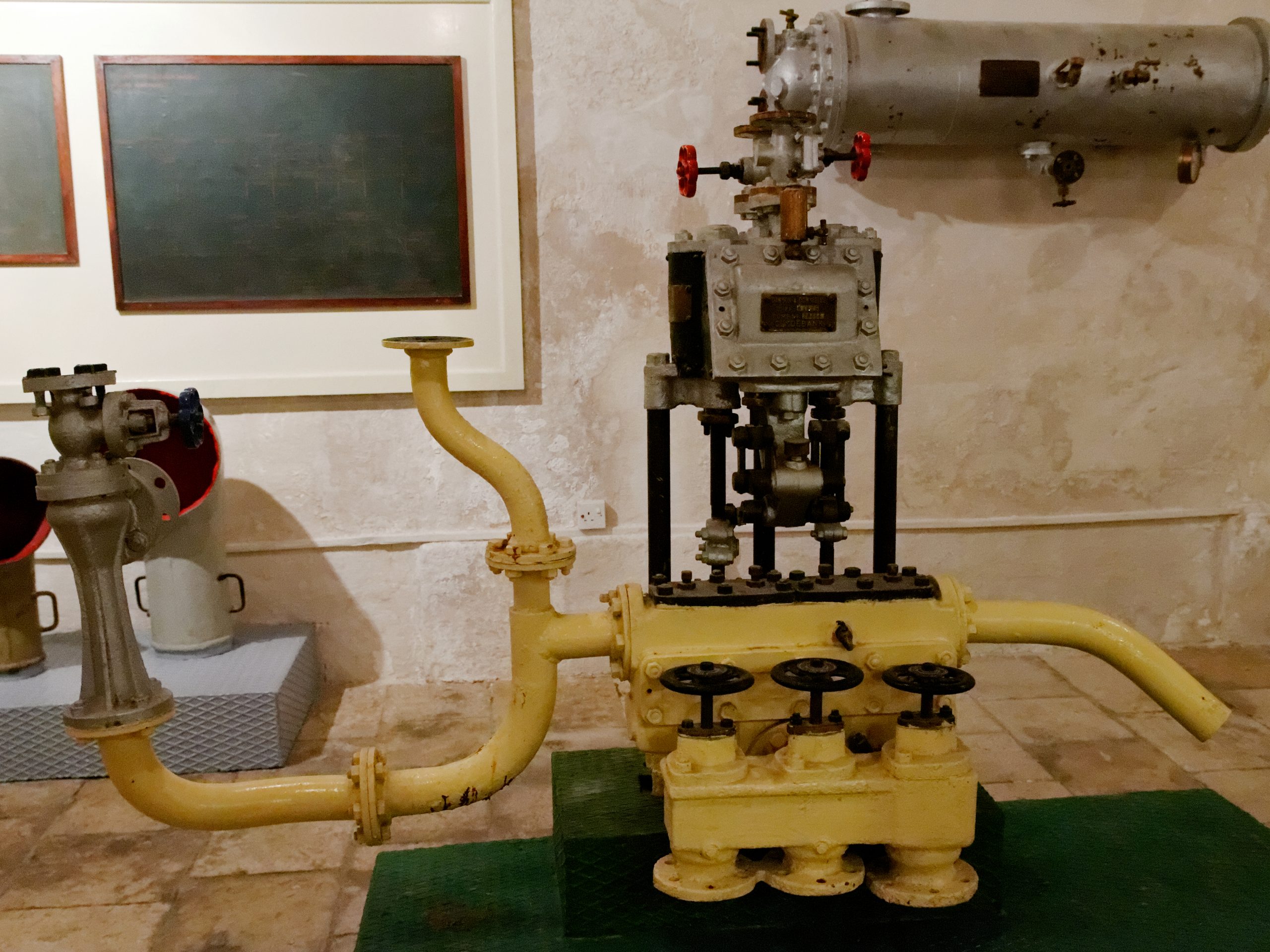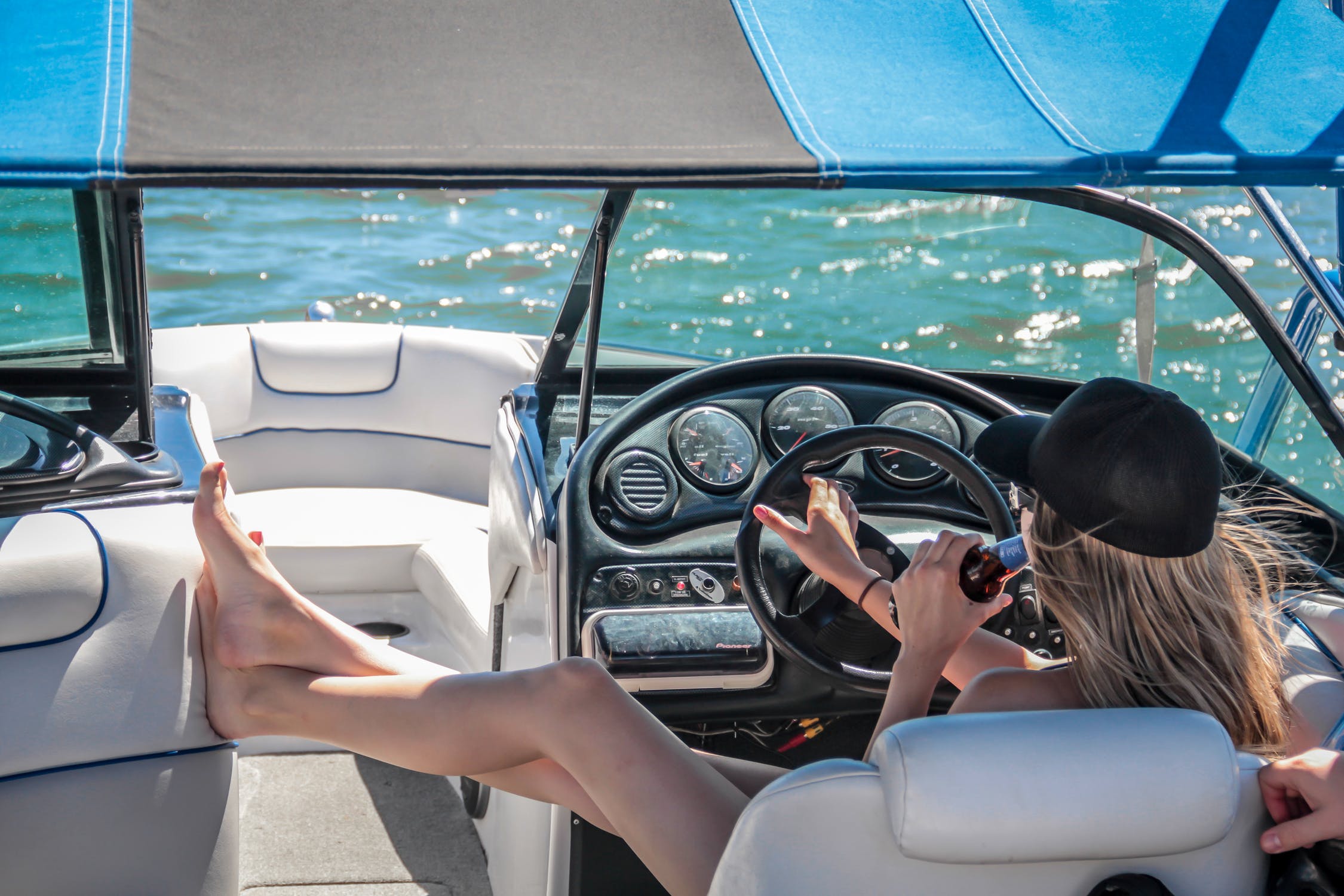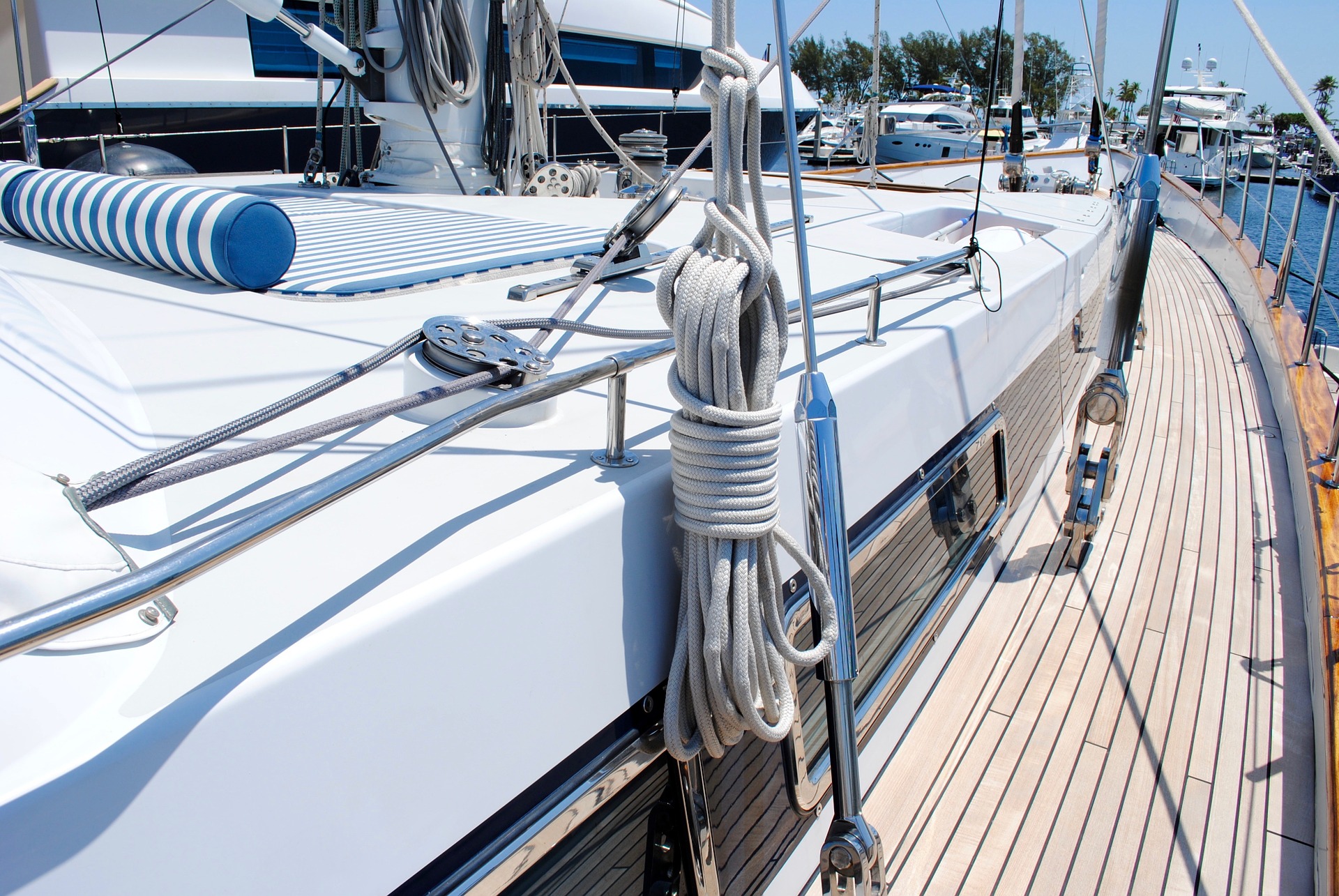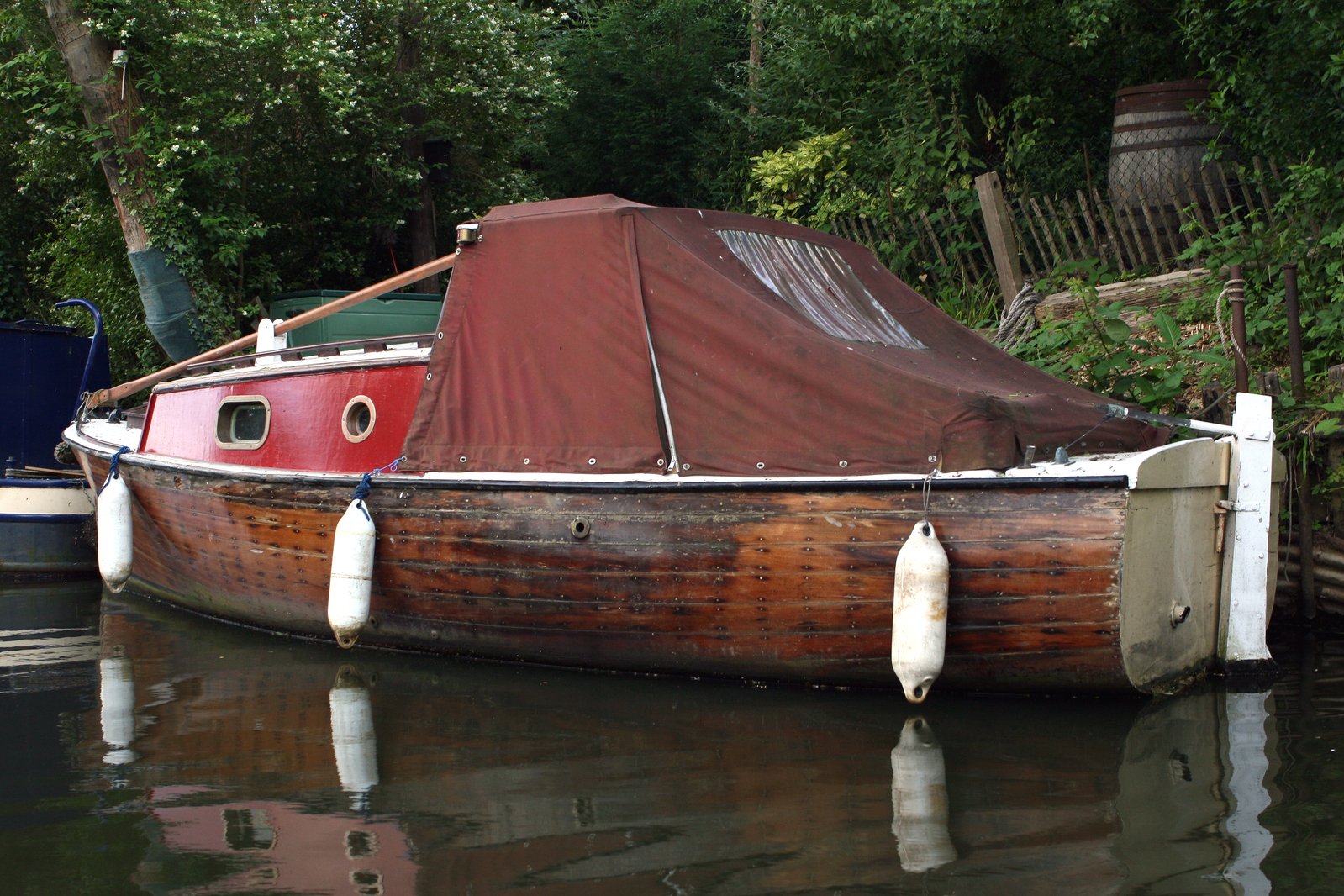
“What are bilge pumps?”
I’m sure most of you will ask that question, especially people who are still new to boating. Luckily, we’re here to discuss the important things that you need to know about bilge pumps – how do they work? Are they really important? Should you buy one for your boat?
WHAT ARE BILGE PUMPS?
For starters, bilge pumps are simply a type of marine water pump that can be seen on both small and large boats. These pumps are designed to remove unwanted water from the bilge – the lowest point of a boat’s inner hull.
WHY DO YOU NEED A BILGE PUMP?
It’s important to have a bilge pump on your boat for safety purposes.
Thanks to these pumps, you can prevent unwanted effects on your boat such as; sparks on electrical wiring, lifting of spilled fuel, flooding, destabilizing, and sinking your boat.
Here’s a simple diagram of how a bilge pump works and what it looks like underneath your boat.
TYPES OF BILGE PUMPS
Just like boats, bilge pumps also have different sizes, functions, and types. Below are the four common types of bilge pumps:
| Types | Pros | Cons |
| Centrifugal | Can handle small debris Easy to maintain High capacity Affordable | Needs manual priming Can’t get rid of all bilge water |
| Diaphragm | Self-priming Can remove all water from the boat bilge Can be used manually without any power Can be installed above the boat bilge | Not advisable for debris Has low capacity |
| Reciprocating | Self-priming design Can remove water from bilge wells Handles high-viscosity liquids Can be used manually without any power | Not advisable for debris Has low capacity |
| Flexible impeller | Self-priming Can handle debris and solids Can be installed above bilge wells Can remove water from bilge wells Cheaper | Needs manual priming Low capacity Rubber impeller wears down |
ARE BILGE PUMPS REQUIRED?
More than two or more bilge pumps are required for large ships, especially in the U.S.
But in Canada’s Small Vessel Regulations, you’re required to carry a manual bilge pump. If you own a boat that is not more than 9 meters (29.5 feet) long, you have an option to carry a bailer instead of a pump.
HOW TO INSTALL A BILGE PUMP
Installing a bilge pump is easy especially if you’re familiar with its parts. It involves mounting pumps, fitting terminals, securing wires and connecting batteries.
For newbies, here’s a simple guide on how you can install your bilge pump to your boat.
CONCLUSION
Bilge pumps have a huge role when it comes to boat safety. They may be small yet they are considered as one of the most helpful equipment on your boat.
What type of bilge pump do you recommend? Share your thoughts and comment below.



